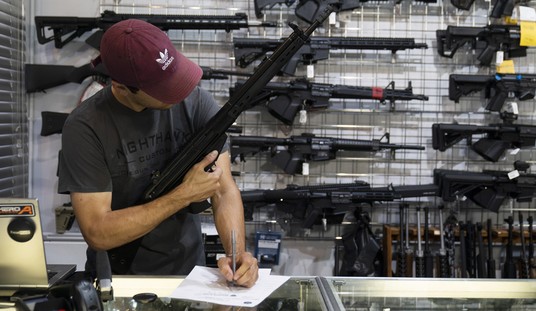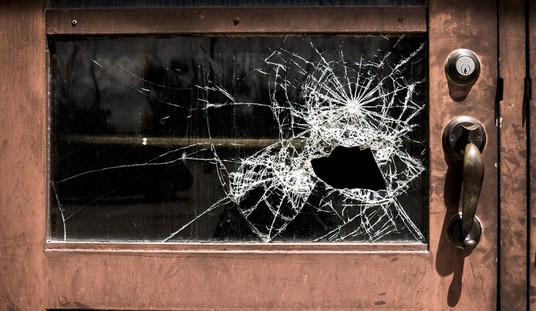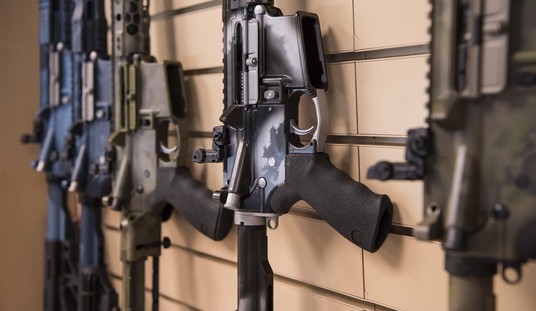Years ago, I developed the habit, if I noticed that I was not placing my shots where I expected them to go, of asking myself, “When was the last time that you dry-fired this firearm?”
Of all the components of marksmanship, I believe that trigger control is the most crucial one. It rises in importance in the defensive use of the handgun, where distances are more likely to be measured in feet than in yards and you may not even have the time or the space to get the gun up to the line of sight. Dry fire is a crucial drill to develop and maintain good trigger control. Sadly, it has also been the source of countless negligent discharges, some fatal.
Dry fire is an intentional violation of Rule One: All guns are always loaded. Therefore, it requires some specific rules of its own:
- Unload the gun, leaving all ammunition in another room. Always triple check, by sight and feel, to make certain that the gun is unloaded. This means that if you set down the gun to do something else for a moment, you must triple check the gun when you pick it up again.
- Whenever you dry-fire, have the gun pointed at something that can stop any bullet that could be fired from that gun. For example, even if you normally carry .38 Special loads in a .357 Magnum revolver, your backstop should be able to stop a bullet from a Magnum load.
- If you choose to reload the gun immediately after a dry fire session, you must exercise added caution. You will have just conditioned yourself to grasp, aim and fire the gun, repetitively. If you allow yourself to resume this pattern without unloading and triple checking, the results can be disastrous. This is not theory! People, unseen on the other side of interior walls, have died from the combined failure to follow these last two rules.

While you don’t need to invest in a ballistic vest – soft body armor – for dry fire, it’s a good idea to use one if you have it. A bullet striking a Kevlar or similar panel will neither ricochet nor create spall as could occur if you dry-fire at a hard backstop, such as your fireplace. When I taught the Arizona CWP course, my students were taught the operating principles of the most common types of defensive handguns. As some of them took the course before purchasing a handgun of their own, they might be given a chance to try the trigger systems of different guns, hence the placement of an outdated ballistic vest on one of my dining-room chairs. I leave it there as I occasionally meet people contemplating the purchase of a firearm who get invited over for a show-and-tell session.
When I travel, I may dry-fire in lodging where I neither have a ballistic vest available nor a brick or stone structure, such as a wall or a fireplace. I then make it a point to aim at a section of wall where there will be more massive construction than just a layer or two of wallboard, such as where the wall meets the floor or the ceiling.
A different caution, before we move on: While dry fire – in which you concentrate on operating the trigger smoothly enough not to disturb your sight picture – is great training, it can teach one bad habit. Since live rounds are not intentionally fired during this practice, you can get sloppy and allow the shoulders to come back to the same plane as the hip joints or even behind them. If you become accustomed to this, it will exaggerate the felt recoil when you hit the range, usually causing you to start pushing your shots low and to the non-dominant side by the third live round that you fire. Slump onto the gun even in dry fire.
Do you practice reloads at home? Don’t mix dry-fire and reloading practice on the same day or night as doing so risks firing on completion of the reload. In fact, I urge you to practice reloads with a disabled gun.
With a revolver, open the action and tie some sort of cloth around the top strap so that the cylinder cannot fully re-enter the frame. A section from one of those ghastly ties that Aunt Clara gives you every Christmas will work well.

With an autoloading pistol, remove the slide-and-barrel assembly and just work with the receiver and magazines. It’s better to work with fully charged magazines so that you remain accustomed to their normal weight as you draw them from their pouch. However, this means that you’ll be ejecting charged magazines to fall from the magazine well. To minimize damage to the feed lips – a crucial issue with steel-tube magazines – position yourself so that ejected magazines fall onto a mattress or the cushion of a sofa or chair. One option is to place such a cushion on the floor, in front of where you stand.
I’m wary of using dummy rounds for reloading practice as dummy rounds and live rounds have been known to exchange places with each other. A “click” when you expect a “Bang!” can be as deadly as a “Bang!” when you expect a “click.” When I must use them, I prefer dummy rounds from S.T. Action Pro as both their distinctively colored “bullets” and lighter weight make it harder to confuse them for live rounds and vice versa.
(I do not have a Facebook account and cannot respond to comments here. If you have a serious question for me, a click on the link to my own website – in the author information, below – will offer you links that can be used to send me e-mail.)








Join the conversation as a VIP Member